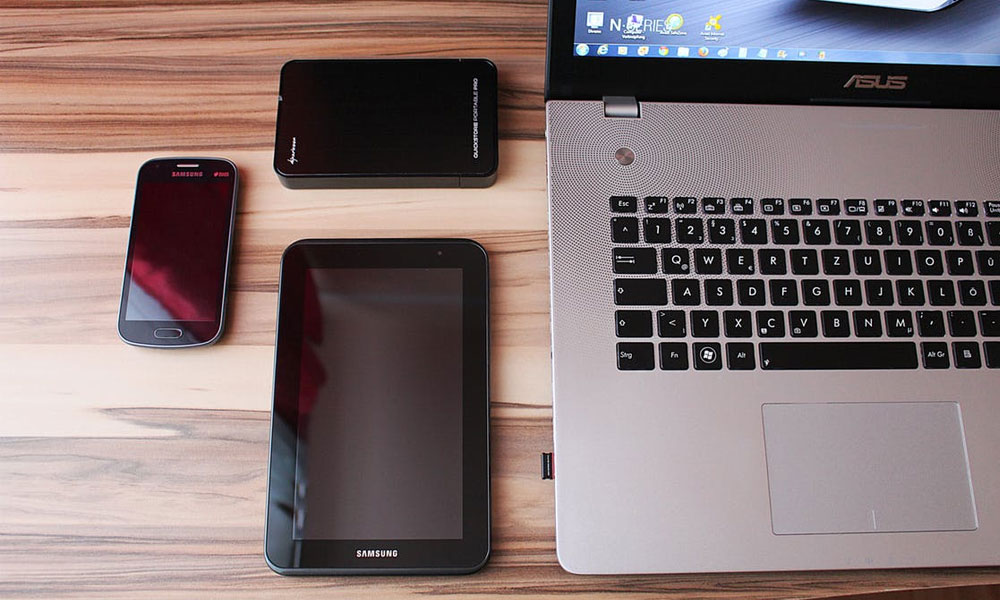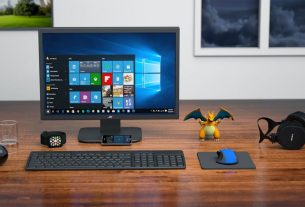Testing responsive design is crucial to ensure that your website or application functions seamlessly across various devices and screen sizes. Here’s a list of devices you should consider testing your responsive design on:
1. Smartphones:
- iPhone: Test on various iPhone models, including iPhone SE, iPhone 8, iPhone XR, iPhone 11, iPhone 12, etc.
- Android Phones: Test on popular Android devices such as Samsung Galaxy S series, Google Pixel, OnePlus, Huawei, etc.
2. Tablets:
- iPad: Test on different iPad models, including iPad Mini, iPad Air, and iPad Pro.
- Android Tablets: Test on popular Android tablets such as Samsung Galaxy Tab series, Google Pixel Slate, etc.
3. Laptops and Desktops:
- MacBook: Test on MacBook Air and MacBook Pro models to ensure compatibility with macOS and Safari browser.
- Windows Laptops: Test on various Windows laptops with different screen sizes and resolutions.
- Desktop Computers: Test on desktop monitors with different screen sizes, resolutions, and aspect ratios.
4. Smart TVs:
- Test on smart TVs with built-in web browsers, such as Samsung Smart TV, LG WebOS, Sony Bravia, etc.
- Use tools like Chromecast or Fire TV Stick to mirror your website or application onto a TV screen.
5. Wearable Devices:
- Smartwatches: Test on popular smartwatches like Apple Watch, Samsung Galaxy Watch, Fitbit, etc.
- Fitness Trackers: Test on fitness trackers with small screens like Fitbit Charge, Garmin Forerunner, etc.
6. Gaming Consoles:
- PlayStation: Test on PlayStation consoles with built-in web browsers.
- Xbox: Test on Xbox consoles with built-in Edge browser.
7. E-Readers:
- Kindle: Test on Kindle e-readers with different screen sizes and resolutions.
8. Other Devices:
- Test on other devices such as e-book readers, digital signage displays, car infotainment systems, etc., if applicable to your target audience or industry.
Tools for Testing:
- Responsive Design Testing Tools: Use browser-based tools like Chrome DevTools, Firefox Responsive Design Mode, or online services like Responsinator, BrowserStack, or LambdaTest to test your website or application on different devices and screen sizes.
- Physical Devices: Whenever possible, test your responsive design on actual physical devices to accurately simulate user experiences.
By testing your responsive design on a diverse range of devices, you can ensure that your website or application delivers a consistent and user-friendly experience across various platforms. Consider the devices listed above and utilize testing tools to identify and address any issues related to responsiveness, layout, and functionality, ultimately enhancing user satisfaction and engagement.





